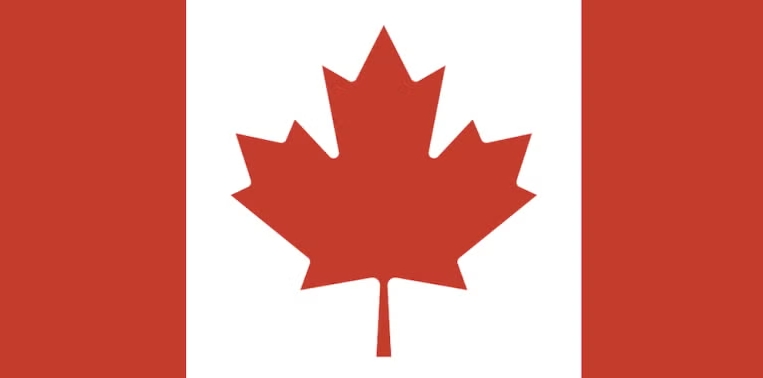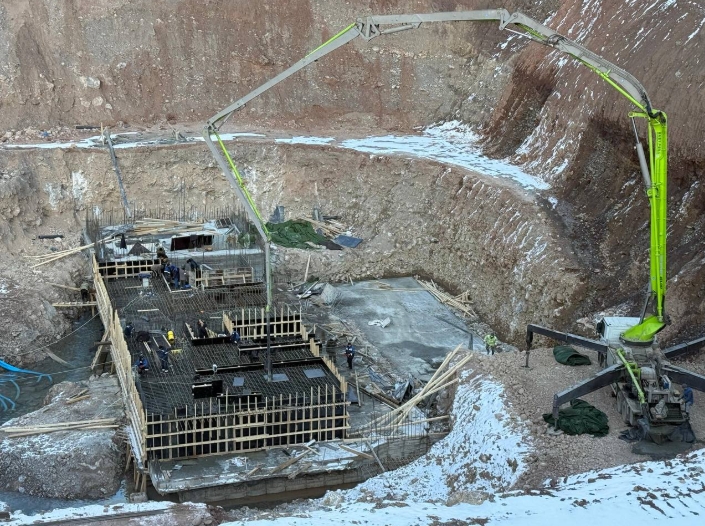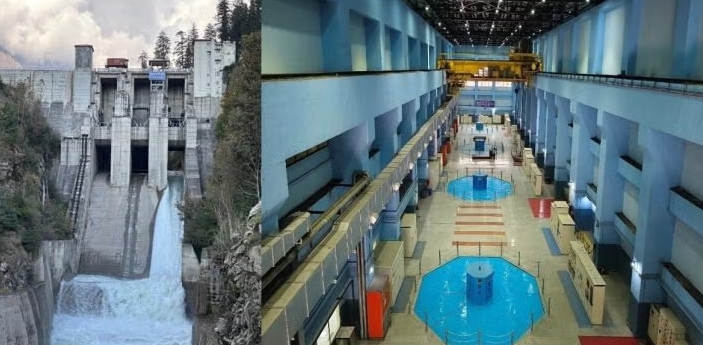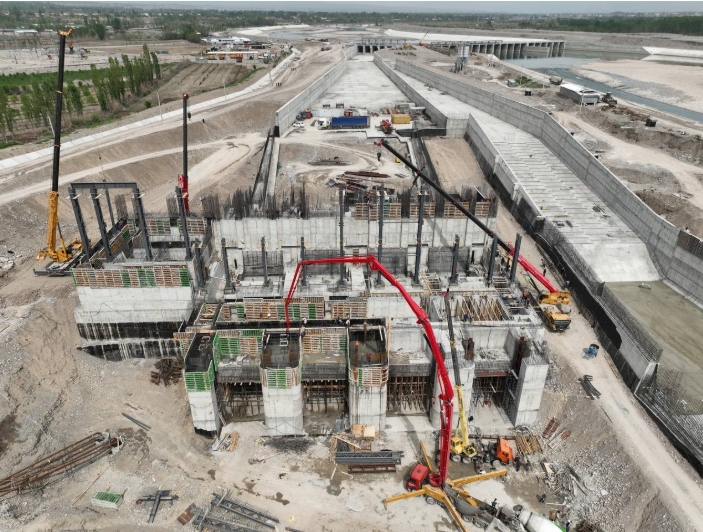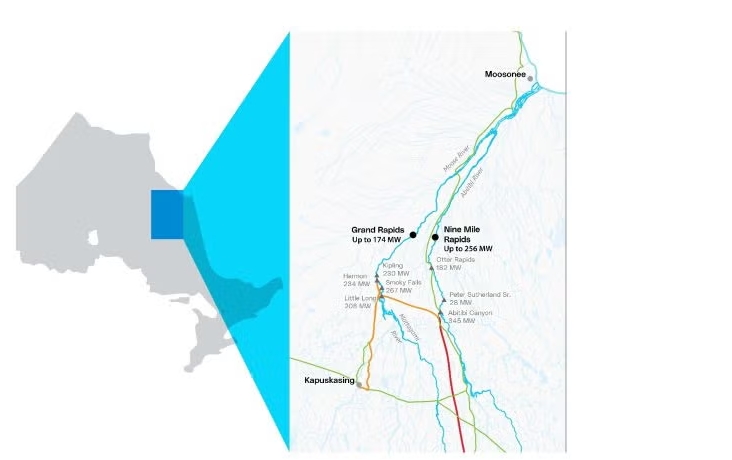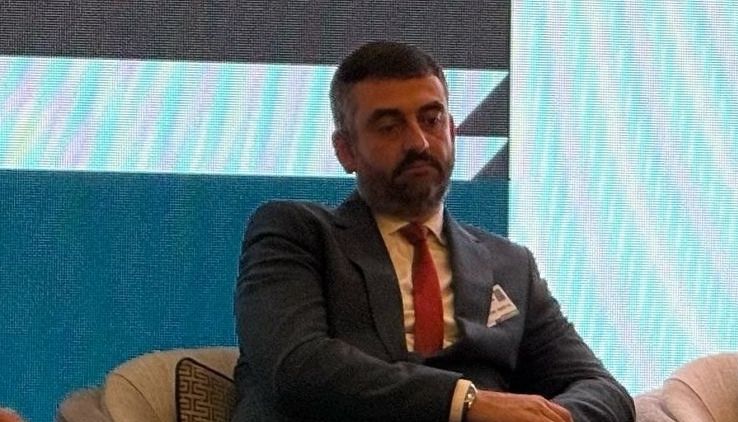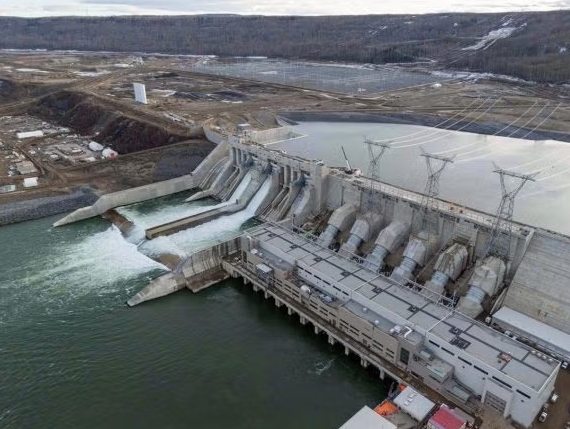 hydropower
hydropower Diversion-type, run-of-river (DROR) hydropower schemes in the European Union have the potential to provide from 79 TWh to 1,710 TWh of electricity annually, according to a new research report.
The article — entitled “Is There a Residual and Hidden Potential for Small and Micro Hydropower in Europe? A Screening-Level Regional Assessment” — was written by Emanuele Quaranta, Katalin Bódis, Egidijus Kasiulis, Aonghus McNabola and Alberto Pistocchi.
It was published in the journal Water Resources Management and is available online via Open Access. Emanuele Quaranta, the lead author, is scientific officer with the European Commission Joint Research Centre (JRC) in Italy.
The abstract says:
Small hydropower plants (installed power below 10 MW) are generally considered less impacting than larger plants, and this has stimulated their rapid spread, with a developing potential that is not exhausted yet. However, since they can cause environmental impacts, especially in case of cascade installations, there is the need to operate them in a more sustainable way, e.g. considering ecosystem needs and by developing low-impacting technologies.
In this paper, an assessment was conducted to estimate how the environmental flow and the plant spatial density affect the small hydropower potential (considering run-of-river schemes, diversion type, DROR) in the European Union. The potential of DROR is 79 TWh/y under the strictest environmental constraints considered and 1,710 TWh/y under the laxest constraints.
The potential of low-impacting micro technologies (<100 kW) was also assessed, showing that the economic potential of hydrokinetic turbines in rivers is 1.2 TWh/y, that of water wheels in old mills is 1.6 TWh/y, and the hydropower potential of water and wastewater networks is 3.1 TWh/y, at an average investment cost of 5,000 €/kW.
The research was developed in the context of the Water-Energy-Food-Ecosystems Nexus Project of the JRC and the exploratory activity SustHydro.
Click here to view the full text of the article.
